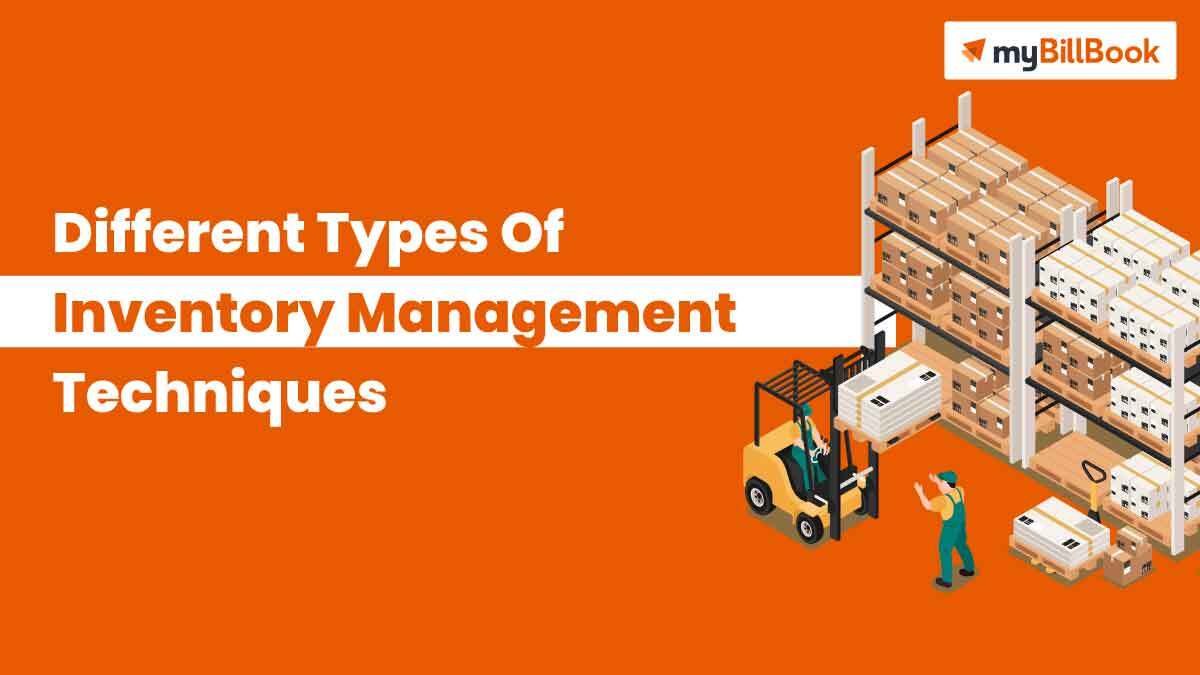The 9 Types of Inventory: Inventory Management in 2022
Compound Interest Calculator Daily, Monthly, Quarterly and Yearly Compound Interest
April 2, 2024Virtual Bookkeeping: How to Hire the Best Bookkeeper Online Bench Accounting
April 25, 2024
Part of effective inventory management is understanding the types of inventory you’re working with. For instance, if you frequently deal with work-in-process items, you may need inventory management software that offers supply chain management. Or if you have a lot of MRO items (like computers, for example), you’ll need a solution with asset tracking included.
The 9 Types of Inventory: Inventory Management in 2022

Raw materials inventory involves the items used to make finished products, such as commodities or components that businesses buy or extract themselves. In other words, it’s all the stock that still has to go through manufacturing. Inventory, also called stock, is any type of material, goods, or merchandise a business has for sale or for production.
Inventory Management: VMI Edition
Part of what makes inventory management so complex is the sheer number of theories on the best way to track, reorder, and quantify inventory. Decoupling inventory separates different production stages, allowing for flexibility. In a bottling plant, it might be a stock of empty bottles between the bottle-making and filling processes.
Just in Time vs. Just in Case inventory
- Pipeline inventory, also known as in-transit inventory, refers to goods you’ve bought but haven’t yet received.
- Think of all the materials being used on a factory floor as WIP inventory.
- Transit inventories are crucial to businesses that need to transport items or materials from one location to another.
- Popular inventory control models are Economic Order Quantity (EOQ), Inventory Production Quantity, ABC Analysis, and Just-in-Time inventory.
In the cupcake example, the raw materials would be sourced from a supplier rather than manufactured by the business. At its most basic, inventory is anything a business buys to resell to customers. This can mean different things for different businesses, and there are several types of inventory that can be used in different scenarios.
If you want to properly fulfill clients’ orders and stay in a competitive market, there are some inventory management strategies you can follow. The usual causes of excess inventory include inaccurate sales forecasts, mismanaged inventory, a large amount of returned or canceled orders, or an unforeseen decrease in demand. This inventory type is critical to keeping operations running and makes up a large percentage of total factory purchases. Still, as a category, it’s often overlooked when it comes to inventory control.
Continuing with the laundry detergent example, the secondary packing material is the large box that holds four bottles of your product for bulk storage and shipping to retail locations. Cloud-based inventory refers to goods managed by a cloud-based inventory management system. Rather than recording your inventory data on spreadsheets or clipboards, cloud-based inventory puts your data on the Internet. Pipeline inventory, also known as in-transit inventory, refers to goods you’ve bought but haven’t yet received.
In our cookie manufacturing company, the raw materials will be mostly sourced from various suppliers. However, in a sugar manufacturing company, only the sugarcane is brought in from different farmers. When it is processed in the factory to extract the juice, the residual substance is known as bagasse. Here, the sugarcane, juice , and bagasse will all be treated as raw materials.
That’s why most inventory management software is geared toward retailers and wholesalers. Because calculating raw materials inventory not only gives you an accurate picture of your current assets. It also allows you to calculate your raw materials turnover rate. That’s a ratio which represents how quickly raw inventory is used and replaced. It’s an indicator of how accurate the current demand forecasting and resulting purchasing strategies are. In accounting, inventory is considered a current asset because a company typically plans to sell the finished products within a year.
All of these the shadow provide protection, but they’re not free. It costs money to hold stock because you’re not selling it and there are holding costs to store it. Ultimately, finished goods are reported as a current asset on the balance sheet.
Cycle inventory serves to bring these two costs into alignment and reduce the total cost of the production run. Cycle inventory does this by ordering material in lot sizes rather than on an as-needed basis. Secondary packing material is the box, bag, or other material you use for convenient storage and transportation of your product.
Think of WIP inventory as all materials that have been worked on but aren’t completed yet. Work in progress inventory (WIP) is the material waiting to be completed as a finished product. If you’re a bicycle manufacturer, all of the unfinished bikes in your shop could be considered WIP inventory. WIP is not raw materials or finished goods; they’re somewhere in the middle and thus get the WIP designation.
